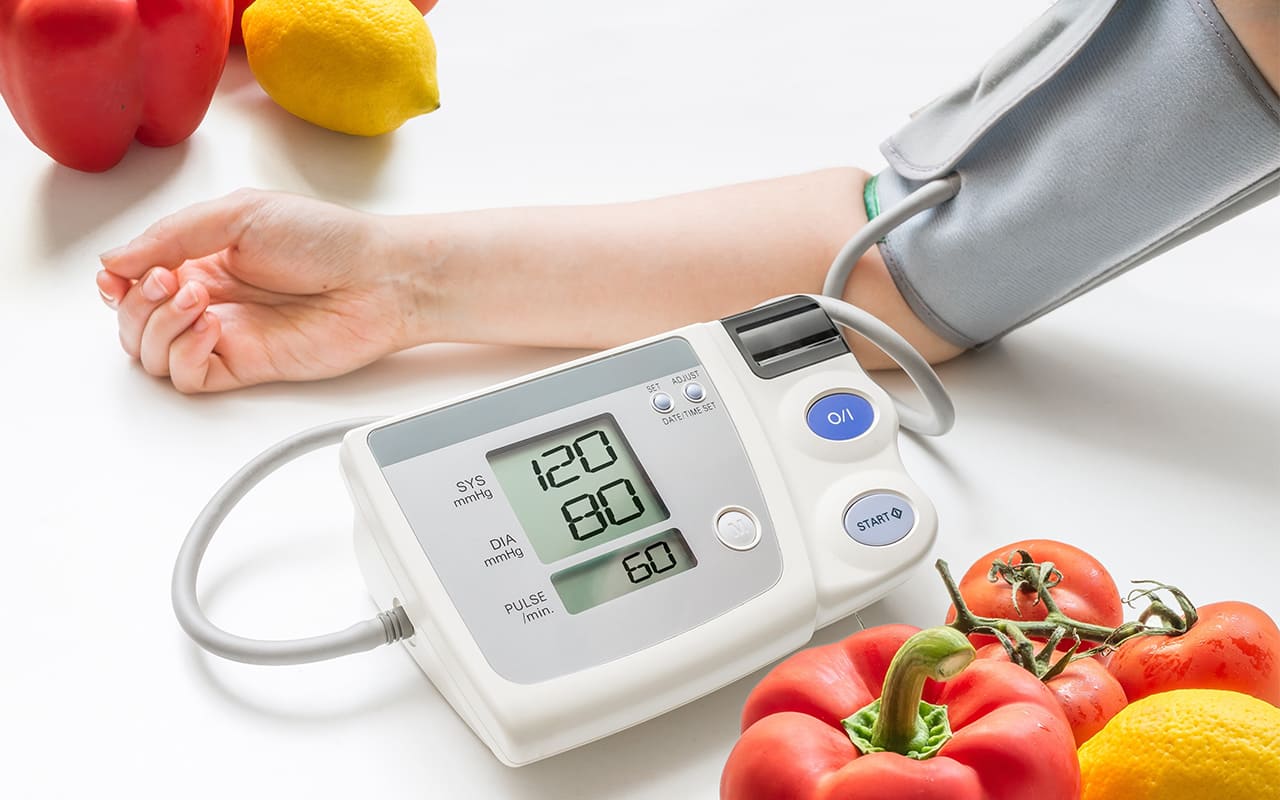
Monitoring your blood pressure is important for maintaining your overall health, especially if you have high blood pressure disease. How you can monitor your blood pressure effectively:
1. Choose the right Blood Pressure Monitor:
There are two main types of blood pressure monitors: manual and automatic monitors. Automatic monitors are more convenient for home use.
2. Select the Right Cuff Size:
Ensure the cuff size is appropriate for your arm circumference.
3. Prepare for Measurement:
3.1 Sit in a comfortable chair with your back supported and your feet flat on the floor.
3.2 Rest for at least 5 minutes before taking your blood pressure.
3.3 Avoid smoking, caffeine, and exercise for at least 30 minutes before measurement.
3.4 Ensure you have emptied your bladder before measuring.
4. Properly Position the Cuff:
Place the cuff on your bare upper arm, about an inch above the bend of you elbow.
5. Record the Readings:
Write down or electronically record your blood pressure readings, including the date and time. Record readings at the same time each day, such as in the morning and evening, to establish a consistent pattern.
6. Interpret the Results:
Blood pressure is typically recorded as two numbers: systolic (in higher number) and diastolic (in lower number) in mm Hg. Normal blood pressure is generally considered to be arond 120/80 mm Hg. Consult with your healthcare provider to understand what your target blood pressure should be, as it may very based on your age, health condition.
7. Track Trends and Share with Your Healthcare Provider:
Regularly review your blood pressure records and look for trends. If you notice consistent high readings, consult your healthcare provider.
8. Follow Your Healthcare Provider’s Recommendations:
If you have hypertension, your healthcare provider will provide guidance on medication, lifestyle changes, and how often you should monitor your blood pressure.
Remember the self-monitoring is a valuable tool, but it should complement, not replace, regular check with your healthcare provider. They can provide expert guidance and make necessary adjustment to your treatment plan.

